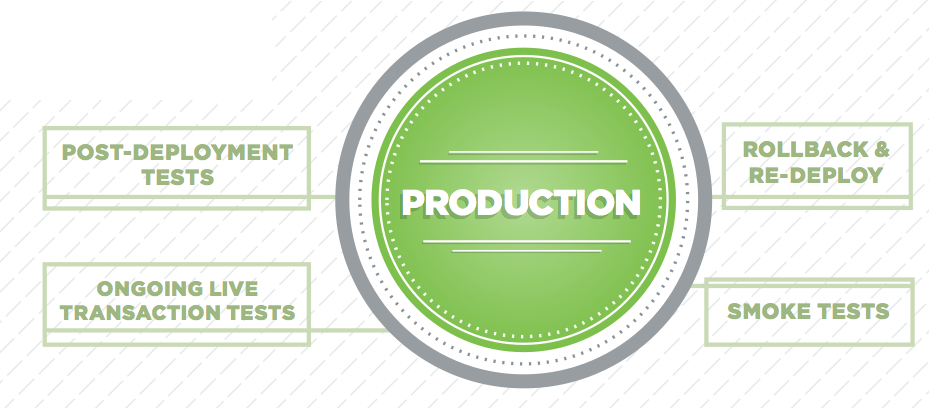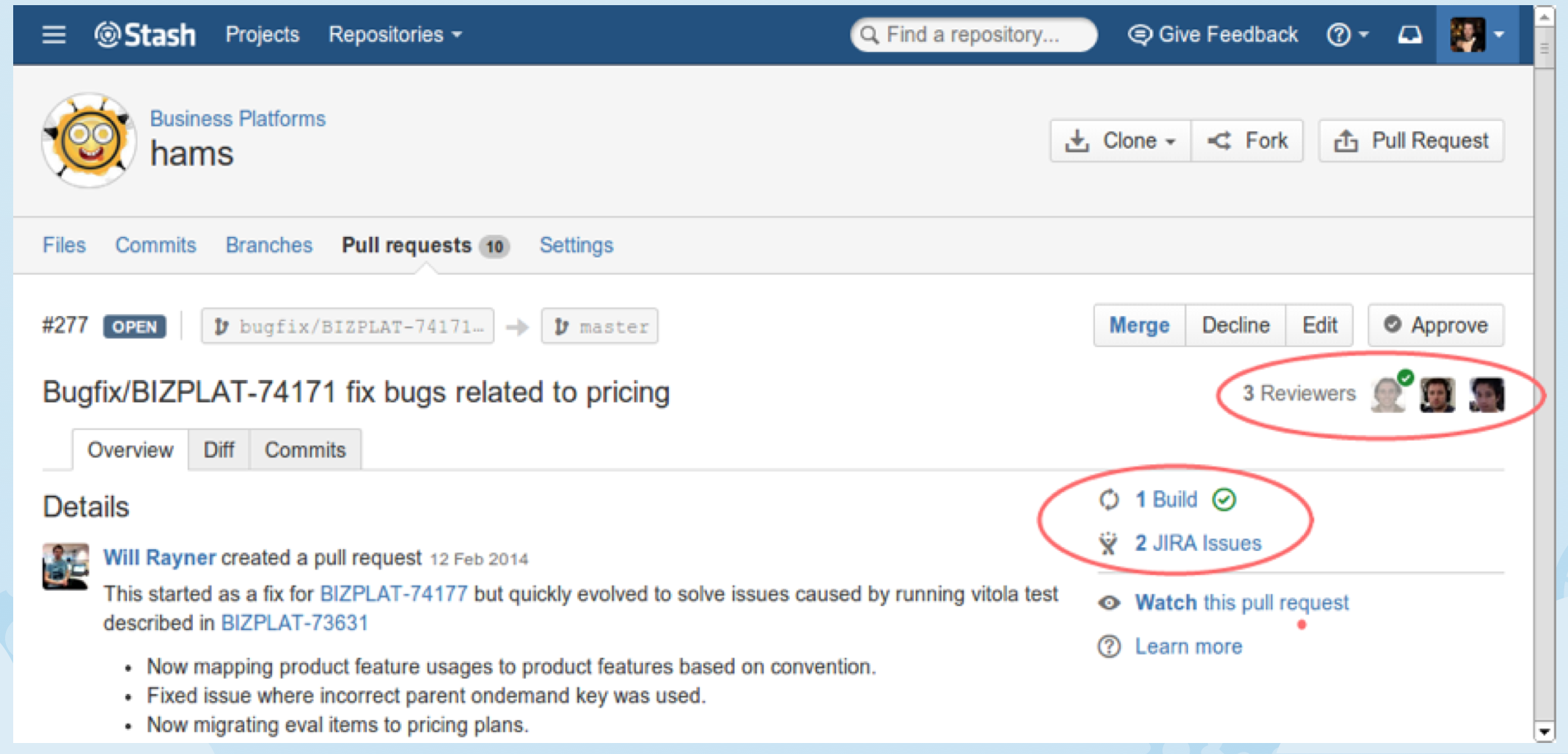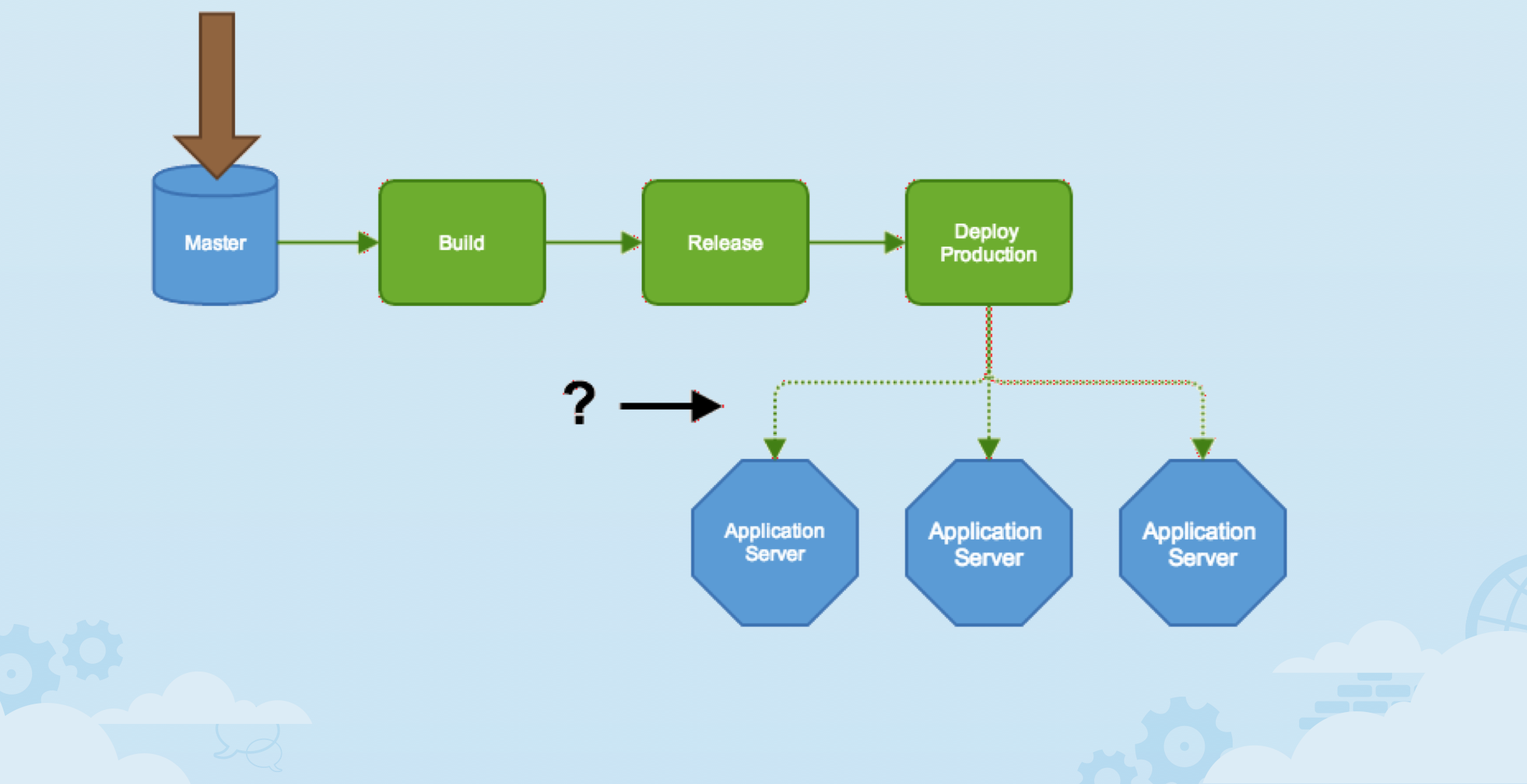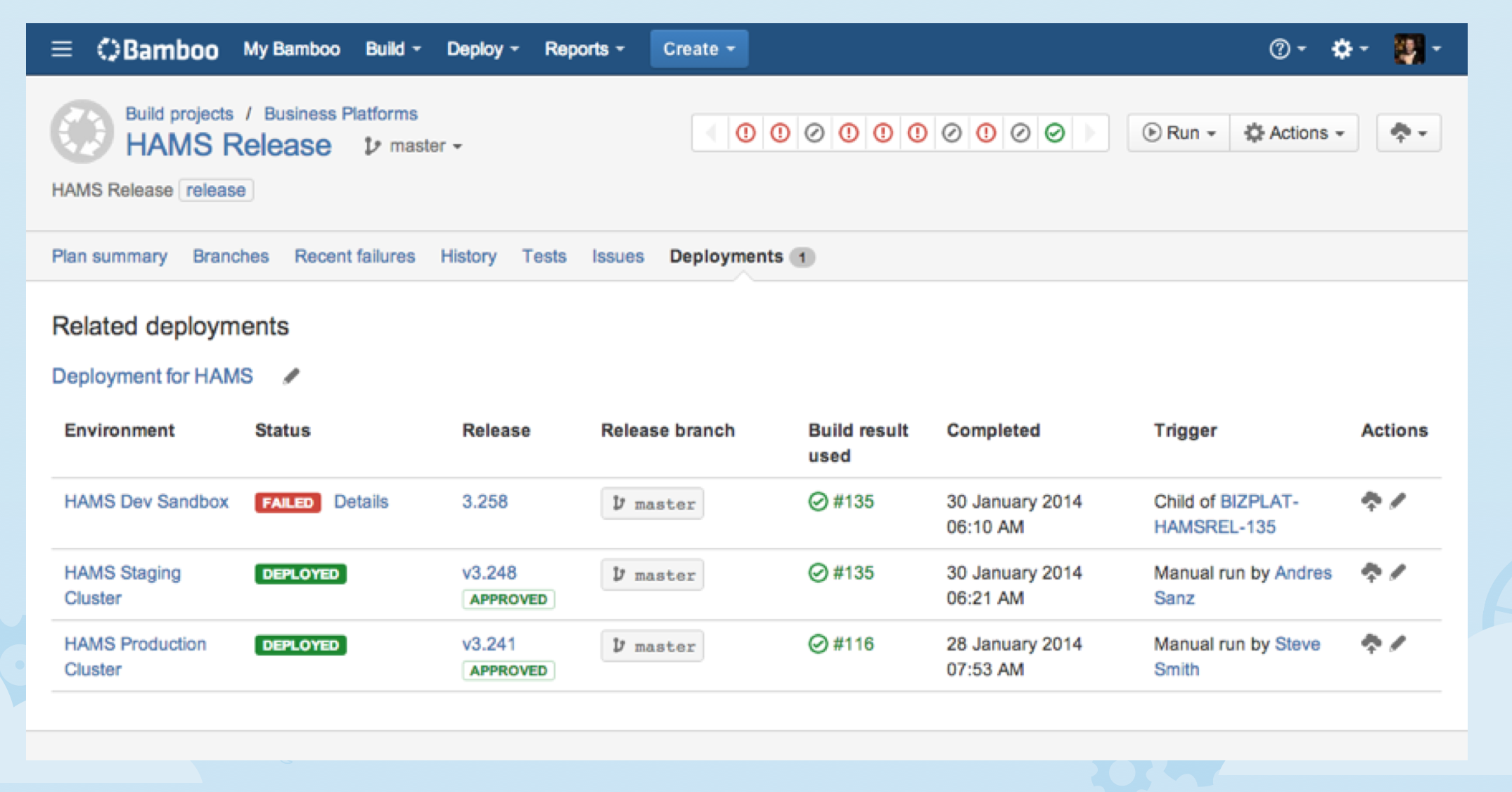Practical continuous deployment
Balaji Vajjala
Principal DevOps Consultant/Solution Architect
Feb 2014
Created by Balaji Vajjala / @bvajjala
Hi, my name is Balaji Vajjala and I'm the Chief Architet and DevOps Solution Architect. I will talk about implementing a Practical Continuous Deployment pipelines.
Who Am I?
Balaji Vajjala!
- A Full Stack DevOps Engineer/Solution Architect for 10+ years!
- Original company sysadmin!
- Developer for last 4 years!
- Now working out of East Coast
- Not a professional speaker
What is DevOps?
- Continuous Deployment
- Continuous Delivery
- Continuous Integration
Continuous Delivery Pipeline Stages
Balaji Vajjala
Principal DevOps Consultant/Solution Architect
Feb 2014
Who Am I?
Balaji Vajjala!
- A Full Stack DevOps Engineer/Solution Architect for 10+ years!
- Original company sysadmin!
- Developer for last 4 years!
- Now working out of East Coast
- Not a professional speaker
Continuous Delivery pipeline stages
- Commit Phase
- Automated Accetance Testing (AAT) Phase
- Exploratory Testing Phase (ET)
- User Acceptance testing Phase (UAT) Phase
- Staging and Pre-Prod Phase
- Production Phase
Commit Phase

Commit Phase
- Syntax Check
- Code Metrics
- Compile (For Compiled Languages)
- Auto Merge for Development Branches (when using Git-Flow etc.)
- Unit Tests
Automated Accetance Testing (AAT) Phase

Automated Accetance Testing (AAT) Phase
- Integration Tests
- Stubbed & Mocked Endpoints & Data
- BDD Framework tests
- Component tests
- Story-Level tests
- Feature-Level tests
Exploratory Testing Phase Phase

Exploratory Testing Phase Phase
- Usability Tests
- Visual (UI) Tests
User Acceptance testing Phase (UAT) Phase

User Acceptance testing Phase (UAT) Phase
- SHOWCASES
- FEATURE-LEVEL Testing by the client/customer
Staging and Pre-Prod Phase

Staging and Pre-Prod Phase
- Smoke Tests
- Performance tests
- Capacity tests
- Network tests
- Post-Deployment tests
Production Phase

Production Phase
- Post-Deployment Tests
- Ongoing Live Transaction Tests
- Rollback & Re-Deploy
- Smoke Tests
Continuous Deployment Pipeline #1

Continuous Deployment Pipeline #2

Practical continuous deployment
Balaji Vajjala
Principal DevOps Consultant/Solution Architect
Feb 2014
What I’ve been up to…
- Last 6 months converting our order systems to high-availability and continuous deployment.
- Why 6 months?
- Because the concept is straightforward, but it’s implications affect a lot of your organisation.
What is DevOps?
- Continuous Deployment
- Continuous Delivery
- Continuous Integration
“Deployment”? “Delivery”?
- Continuous integration is continuous, automated build and test.!
- Continuous delivery is the next obvious step; be continuously release-ready !
- Continuous deployment is the final step, the continuous delivery of software to production.
“Deployment”? “Delivery”?
- Constant QA is the common theme.!
- In practice there’s a continuous spectrum of options, each organisation has different needs and constraints.!
- But if you trust your testing and process you can adopt the level appropriate for you.
Why Continuous deployment?
- We want to release features, not “what ever happens to be done”!
- Automation: Releasing is hard, automation makes it repeatable!
- Remove organisational bottlenecks to releases
Why Continuous deployment? Stakeholder benefits
- To customers: You’ll get your requested feature faster!!
- To management: You’ll get results faster and clearer progress.!
- To devs: No more death-marches, mad- dashes, clean-up after releases.!
- To admins: You know which change broke the system!
Continuous deployment: So how do you actually do it?
- Continuous deployment guides tend to focus on the high-level philosophy!
- But how do you actually get a feature from a customer request to your servers?
Development workflow
- Continuous deployment implies a clearer development process.!
- You need to know what is going out when you release, not a dump of the current state.!
- Hence release by feature
Development
- Track your feature requests in a bug tracker!
- Branch on each feature, automatically test!
- Pull requests for code-review/merge!
- Automatic release to staging on each merge!
- Promote from staging to production
Step 1: Track your requests
- Each feature/update request should have a unique ID.!
- This allows tracking the state of a feature from request to deployment.!
- Bug-trackers are a good choice for this.
Step 2: Work on this feature in a branch
- Create a branch for just this feature!
- Name it after the feature request!
- Jira/Stash integration will do this!
- The branch will be merged when complete!
- You need a sane version control system!
- We use git, Mercurial is good to.
Step 3: Automatically test the branch
- Run a continuous integration tool that will automatically run tests against the branch.!
- Features may not be merged until all tests are passing.!
- Stash has some features to support this.
Step 4: Code review
- No code may be merged to the release branch until reviewed by other members of the team.!
- Team members have a responsibility to ensure quality.
Step 4.1: Stash testing integration
 

Step 5: Merge and release
- Once all reviews and tests are passed them merge to release branch!
- At this point we have a separate Bamboo plan that performs a full release.
Step 6: Deploy to staging
- Allows testing of more advanced interactions and against production samples.!
- More testing can occur at this point, including testing by humans.
Step 7: Release to production
- Valid staging builds may be promoted up to production.
Segue: “Continuous downtime”?
- So if you’re doing all these releases, what about uptime?!
- For public-facing service clustering/HA is important.!
- Ideally you should be able to automate cluster configuration as part of the deployment
Last mile
 

Practical issue
- How do you actually get releases onto your staging and production servers?!
- AKA “the last-mile problem”
Last mile
- Puppet/Chef are not appropriate!
- For simple/single-node applications you can use a Bamboo agent directly!
- For more complex setups use an automation tool
Last mile
- Puppet/Chef are not appropriate!
- .. if timing is critical!
- .. if cross-host coordination required
Last mile
- Roll your own!
- Bamboo SSH plugin + bash scripting!
- Number of existing automation solutions!
- func, capistrano, SaltStack, Ansible, mcollective, Fabric…
Last mile
- Bamboo agent per-node!
- SSH not required!
- Works for simple (single node) apps! * Coordination is tricky
Last mile
- Agent-based frameworks!
- Powerful and flexible!
- Can parallelise deployments!
- Requires setup on all nodes!
- If you already have it setup then use it
Last mile
- SSH scripting!
- Requires management of SSH keys on agent!
- Bamboo SSH plugin!
- Scripting (Bash, Python, Ruby, etc.)!
- Automation frameworks (Ansible, SaltStack, Func, Fabric)
Last mile
- Our solution!
- Ansible for automation (explicit support for load-balancer integration)!
- Minimal requirements, SSH+Python!
- Bamboo pulls Ansible directly from their source repository!
- Ansible playbooks checked into git
Practical issue
- How do you manage what has been released, and to where?!
- How do you control who performs deployments?
Bamboo deployment environments
- The release build plan can be associated with certain environments!
- Normal ones are dev, staging (QA) and production
Bamboo deployment environments
 

Bamboo deployment environments
- Environment has tasks, like a build plan!
- Tasks perform the actual deployment!
- Environments have permissions, limiting who may perform deployments!
- Generates releases, which are deployed!
- Has some nice integrations…
Bamboo deployment release
 

Bamboo deployment JIRA integration
 

Procedural issues
- Where’s the oversight in all this?!
- What about SoX, PCI, SEC requirements?!
- Who is allowed to do releases?!
- Who signs off?
Procedural issues
- Our solution – separate the infrastructure!
- Dedicated Bamboo server for business software!
- Dedicated agents for building!
- Separate, dedicated agents for deployment
Procedural issues
- Access controls!
- Build team/admins control the server!
- Business analysts define features!
- Devs code, review, merge and release!
- Features pushed to staging for BA review!
- BAs can promote releases to production
Questions?
Balaji Vajjala @bvajjala http://bvajjala.github.io/